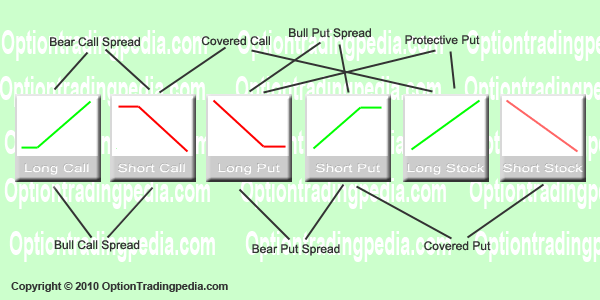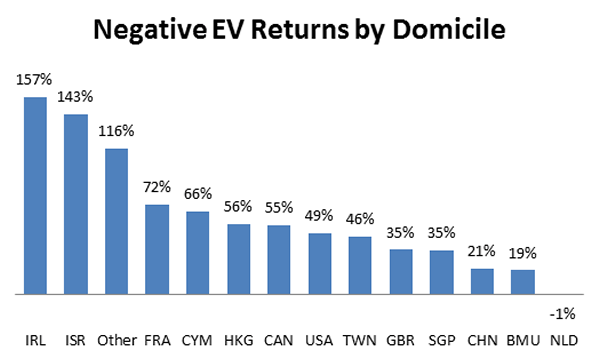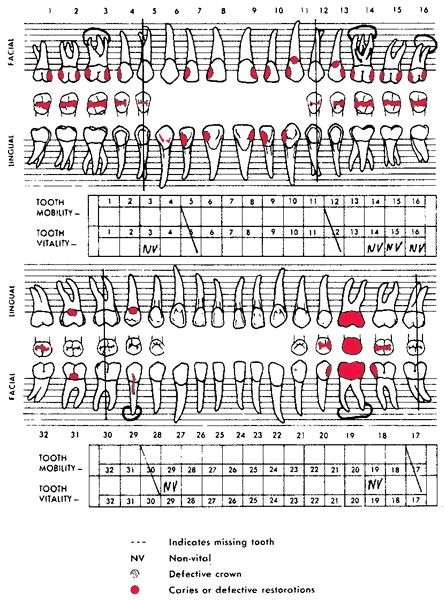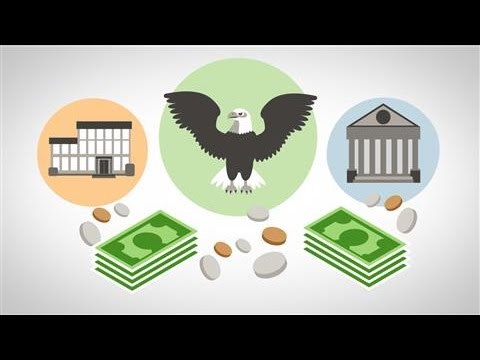Cup And Handle Chart Pattern in Stock Market


This pattern is one of the most popular bullish continuation patterns which can help you mint money in the stock markets. As with most patterns, you will need to wait for a breakout and combine different elements of technical evaluation to confirm alerts. Like all technical indicators, the cup and deal with ought to be utilized in live performance with other indicators and indicators before making a buying and selling choice.
When the volume increases during the handle formation, it signifies that the pattern is too strong to move uptrend. The cup and handle chart pattern can form both continuation and reversal patterns. A reversal pattern will be formed when the stock price initially starts with the downtrend and forms a cup and handle. The reverse cup and handle pattern is precisely opposite to the continuation pattern. The inverted hammer candlestick pattern is suggestive of a potential bullish reversal in the market, indicating the onset of an uptrend.
As a single candlestick in isolation, the inverted hammer candlestick does not make much sense. So, while trading, you have to find a confirmation candle and refer to other indicators before entering a trade. This candlestick pattern gives you a lot of perspective into what is happening in the market. Additionally, this candle can also give you an idea of the behavior of the bulls and bears in the market, within a particular time frame. However, later in the chart one can see that the stock once more types what seems to be a double prime in June and July. But this time it does show to be a reversal sample, with the worth falling below support at $380, resulting in a decline of 39% to $231 in December.
New Banking Resolutions after PNB Crisis
For example, if you find a cup and handle on 15-minute time frame, it makes sense to go higher to the daily time frame and check which way the stock has been moving. The handle can have the shape of “Reverse C” or “A Triangle” or “A sideways zone”. Ideally, for a valid Cup and Handle formation, the handle should not have a depth of more than 50% of the size of the cup. Let us understand the formation with the help of a few examples. As we can see, the cup and handle pattern is quite evident with a resistance level of Rs. 1,797.90.
A reversal pattern occurs when the price is on a downtrend, in the long run, forming a bowl with a handle to reverse the trend and when the price starts to rise. The price rises, form a cup and handle, and then continues to rise. The cup and handle chart pattern on a security’s price chart is a technical indicator similar to a cup with a handle, where the bowl is U-shaped and the handle moves slightly cup candlestick pattern downwards. The cup and handle are considered bullish signals – the right-hand side of the pattern generally experiencing lesser trade volume. The pattern’s formation can take as short as 7 weeks to as long as 65 weeks. A chart pattern manifests when the price of an asset moves in a direction similar to a common shape, such as a triangle, rectangle, head and shoulder, or in this case a cup and handle.
The inverted hammer allows you to enter a trade at a favorable point. This means that you can enter the trade at an early stage to gain the benefit of the full upward movement. Unlike the hammer, an inverted hammer candle has a long upper wick. While trading, it is important to note that the extended upper wick should be, at least, twice the length of the body. The more prominent part of the candle, which is broader than the lines on the top and/or bottom, is referred to as the real body of a candlestick. Throughout the event of the Triple Top Reversal, it could begin to resemble a number of other patterns.
Is a cup and handle bullish or bearish?
The cup and handle pattern is a bullish pattern, meaning once the pattern is over there are chances for the stock price to increase. The cup and handle pattern can take weeks or months to form. Traders use this indicator to find opportunities to buy securities with the expectation that their price will increase.
However, in choppy markets it could go as far below as 50% and up to 66% in extreme situations. A cup with a more rounded bottom is more preferable to one with a sharper bottom. A soft U-shape indicates that the price of the security will follow a course of correction with a few weak spells around the threshold of the cup and with support from the bottom. Elearnmarkets is a complete financial market portal where the market experts have taken the onus to spread financial education. ELM constantly experiments with new education methodologies and technologies to make financial education effective, affordable and accessible to all. The good thing about Cup and handle pattern is that it has a high success ratio along with a good risk reward.
Happy White Enamel Farmhouse Style Taper Candle Candleholder | 5 inch
While cup and handle chart patterns are quite easy to spot for experienced traders, they might be elusive to a beginner trading in the stock markets. Apart from the share market, it is quite often useful in trading in the forex market too. One clear advantage of the cup and handle formation over most other candlestick charts is that it has well-defined entry and stop levels. However, these patterns take a long term to play out in the market and also need to be extensively verified by other technical indicators. As the stocks that make up this pattern test old highs, it is likely to come under pressure from investors who have previously bought at this level. It is likely to consolidate into a downtrend for 4 days to 4 weeks before the price rises due to selling pressure.

A “V” shaped bottom is absolutely no-no, while attempting to trade “cup and handle” pattern. The stabilization period at the bottom of the cup is very important for this formation, as it forms a base for the cup. The stronger the base, the better the quality of the trade.
How to use VWAP (Volume Weighted Average Price) Indicator?
More often than not, one may be able to form a channel (resembling “Flag” pattern). Metals were in a strong uptrend too, it’s always good to look at the index a stock belongs to. Generally, I do not trade every ‘Cup and Handle Pattern’ that I see on the chart. It’s important to know why I decided to take a buying position in SAIL. Once you spot the pattern on the chart, you wait for a breakout which should be backed by higher volume. Near its top, which is now a resistance, selling pressure comes in.
- Trading security based on chart patterns is quite a common phenomenon in the market.
- It is likely to consolidate into a downtrend for 4 days to 4 weeks before the price rises due to selling pressure.
- When decrease highs and lower lows form, as in a falling wedge, a security remains in a downtrend.
- On Tuesday, the Nifty index was seen trading sideways, only to surge in the last hour.
- The other major school of investing – technical analysis – involves predicting the price movement of a security by analysing the historical patterns of asset prices.
- It was backed by good volume as you can see in the image above.
Of these patterns mentioned, solely the ascending triangle has bullish overtones; the others are impartial until a break happens. In this same vein, the Triple Top Reversal should also be treated as a neutral sample until a breakdown occurs. The lack of ability to interrupt above resistance is bearish, but the bears haven’t received the battle till help is broken. The Cup and Handle inverted pattern creates an upside-down cup and handle. A pullback from a swing low precedes a sell-off to the prior swing low, and the pattern stops due to underlying support. The stock then stalls with minor upward pressure, similar to a bear flag, before breaking down below support.
Gain a trading edge with our auto pattern recognition feature and gain an insight into what the patterns mean. A cup and handle is a popular chart pattern among technicians. It had developed by William O’Neil and introduced in 1998. As the name suggests, the pattern is shaped like a cup with a handle. The shape of the cup is “U”, and the handle is pointing downward. The ending point of the handle indicates buying opportunity.
It occurs when a downward price wave is followed by a period of stabilisation. After then, prices rise to about equalise the previous fall. It forms a U-shape, or “cup,” in the “cup and handle.” Within a channel, the price then travels sideways or downward, forming the handle. We have several types of candlestick patterns that are used by traders in their day to day trading. One such form of candlestick pattern, that gives trades with a high level of conviction is the “CUP AND HANDLE FORMATION”.
Double tops can be rare occurrences with their formation typically indicating that buyers are seeking to obtain last profits from a bullish development. Double tops usually lead to a bearish reversal in which traders can profit from promoting the stock on a downtrend. Some traders use strict technical trading guidelines, others take a discretionary strategy. There is at all times some uncertainty when buying and selling charting patterns as you might be working with chance. As with most patterns, the triple bottom is easiest to acknowledge once the buying and selling opportunity has handed. Double bottoms might fail and turn into a triple bottom, and the triple backside and the top and shoulders pattern can, by definition, be one and the identical.
Channeling: Charting a Path to Success
Various courses are available in the market but we provide unique learning experience to our students through practical examples. Another unique advantage of our course is students will get lifetime learning support from our mentor. Students can contact us any time during his trading career to get any kind of learning support from us.
The combined course will be of two month duration having 64 hour live class. There will be 16 classes of 4 hour duration each in every Saturday and Sunday. Moreover, even if there is a reversal, it is short-lived. The inverted hammer has a very small or no lower shadow suggesting that the bears are losing control. It may be with or without a handle, generally a small one that may be grasped with the thumb and one or two fingers.
Is cup and handle pattern bullish?
Description. William O'Neil's Cup with Handle is a bullish continuation pattern that marks a consolidation period followed by a breakout.
This pattern simply shows a period of consolidation followed by a breakout. These patterns are nothing but simple tools that work in understanding trading through technical analysis. The attempted breakout by Nifty above the 18,600 level appears to have cooled off.
Cup & HANDLE Breakout Pattern
This is a course in share trading on price action trading strategies where you will get both Demand Supply Trading and Elliot Wave theory covered. Would you mind please explaining me how to calculate the target 1 and target 2. The size of the cup even when I measure it, it is not the same between between the cup and handle resistance and the 2nd target. If it looks bullish on 15-minute chart and it has been on a downtrend in the daily chart – then, ideally, you should not take the trade. If the market sentiment is weak, the chances of the trade working is much lower as compared to taking a position in a market uptrend.
The ‘Cup and Handle’ is a pattern which forms on the chart when a rising stock – goes through both price correction and time correction. One should ideally enter the trade at the confirmation of the pattern as it provides trades with better conviction. And always have a stop loss for every trade which we enter in the market. Stop-loss while trading is a point beyond which the trader does not want to lose money.

Cups for morning tea are conventionally larger than cups for afternoon tea. The last break of support signifies that the forces of supply have finally won out and lower prices are probably. Market structure is one of the most undervalued topics in trading.
What happens after a cup and handle pattern?
Once a cup and handle pattern forms, in order to generate a bullish trade signal, the price must break above the top of the handle that has formed. A drop below the handle is not necessarily bearish. The price may drop slightly, then rally back up, forming another handle or breaking above the initial handle.

